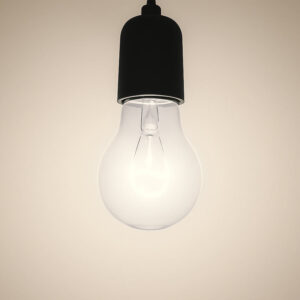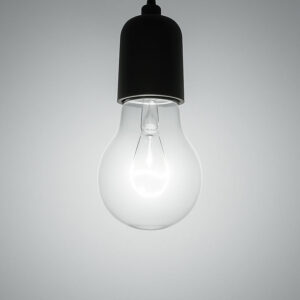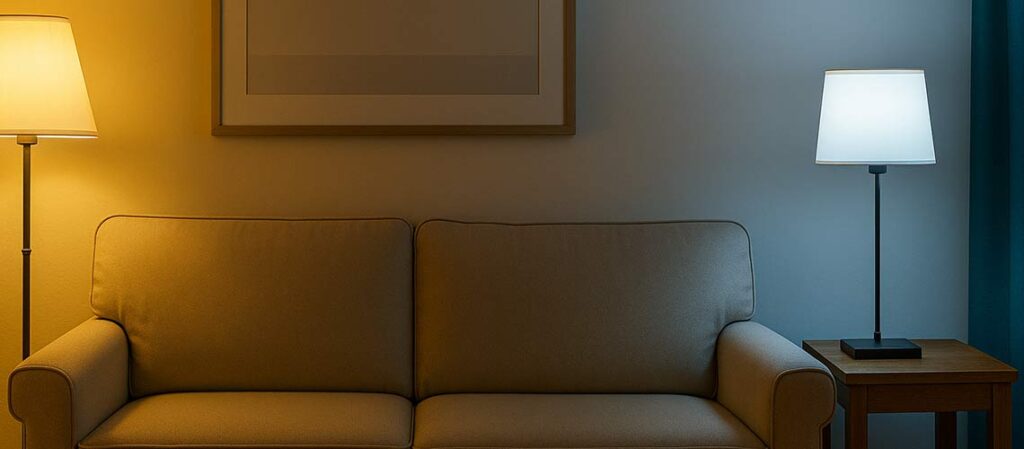Understanding Color Temperature (Kelvin)
Color temperature for home lighting is more than just a design choice it’s a key factor that influences mood, productivity, and overall comfort. Whether you prefer a cozy ambiance in your bedroom or a crisp, clear light in your kitchen, choosing the right color temperature for home lighting can dramatically improve how your spaces feel and function.



- Warm Light (2700K–3000K): Soft yellow-orange light that evokes coziness and relaxation. Ideal for bedrooms, living rooms, and dining areas.
- Neutral Light (3500K–4500K): Balanced white light, great for spaces that require both comfort and clarity, like kitchens and bathrooms.
- Cool Light (5000K–6500K): Bright bluish-white light that enhances focus and alertness. Best for home offices, garages, and task-heavy environments.
Effects on Mood and Function
- Warm tones promote melatonin production and help the body wind down perfect for sleep and relaxation.
- Neutral tones mimic daylight, helping reduce eye strain and increase comfort during active tasks.
- Cool tones boost alertness and concentration, making them suitable for work or study settings.
Room-by-Room Lighting Guide
| Space | Recommended Kelvin | Why It Matters |
|---|---|---|
| Bedroom | 2700K–3000K | Warm light supports melatonin and restful sleep. |
| Living Room | 2700K–3000K | Encourages calmness and intimacy for socializing and unwinding. |
| Kitchen | 3500K–4000K | Enhances focus and visual clarity during cooking. |
| Bathroom | 4000K–4500K | Provides balanced light for grooming, makeup, and shaving. |
| Home Office | 5000K–6500K | Keeps the mind sharp and reduces drowsiness for optimal productivity. |
Scientific Lighting Tips for Home Design
- Use warm light for relaxation zones like bedrooms and living areas.
- Choose neutral or cool light for functional zones such as kitchens, studies, and bathrooms.
- Consider dimmable lighting or smart systems to adjust brightness and color temperature based on time of day or activity.
- Combine natural light with artificial sources for a healthier, more dynamic atmosphere.
Conclusion:
The right light temperature enhances not just aesthetics but also your mental state and productivity. Warm lighting nurtures rest and emotional comfort, while cooler light supports clarity and performance. By matching color temperature with room purpose, you create a more harmonious, health-supportive living space./
Wanna write with us?
If you’d like to be part of our writing team, just introduce yourself we’d love to hear from you. Contact us here






Leave a Reply